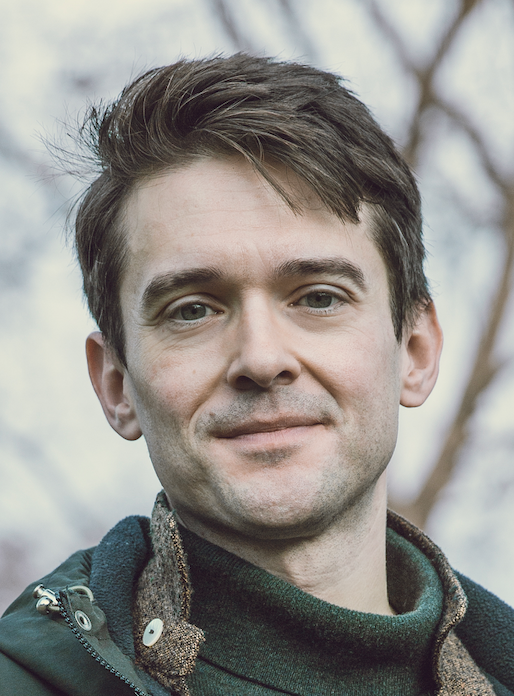

Sir Henry Wellcome Postdoctoral Fellow
Centre for Mathematics of Precision Healthcare
Imperial College London
I'm a clinician and academic who is fascinated by how systems work, particularly human-centered systems. I work to understand how the everyday interactions between people are aggregated into vast, complex, interrelated systems and what this means for the individuals involved. I use network analysis to understand these relationships, and try to make these systems work better for all involved.In this website I hope to share some of my work, and also provide a bit more of an insight into what I do and why I do it. Lots of my work involves interactive visualisation and maps, and so are not well suited to the confines of journal articles. As projects mature I'll write a post here about them and share some of the results in an interactive way.
The Pissarides Review into the Future of Work and Wellbeing is a 3-year collaboration funded by the Nuffield Foundation to examine the impact of technological disruption on people and communities across the UK. Researchers from Imperial College London's Centre for Mathematics of Precision Healthcare are working in collaboration with the Institute for the Future of Work and Warwick Business School to help build a future of better work for the UK with a focus on building capabilities, strengthening resilience and reducing inequalities through better work.
Pulse oximetry played an important role in the monitoring of patients during the Covid-19 pandemic. In this project we evaluated the impact of the national Covid Oximetry @home program in England. Over the course of several separate studies we examined the benefit of the program at the population level and the individual level and also looked at which patient groups were more likely to receive the intervention.